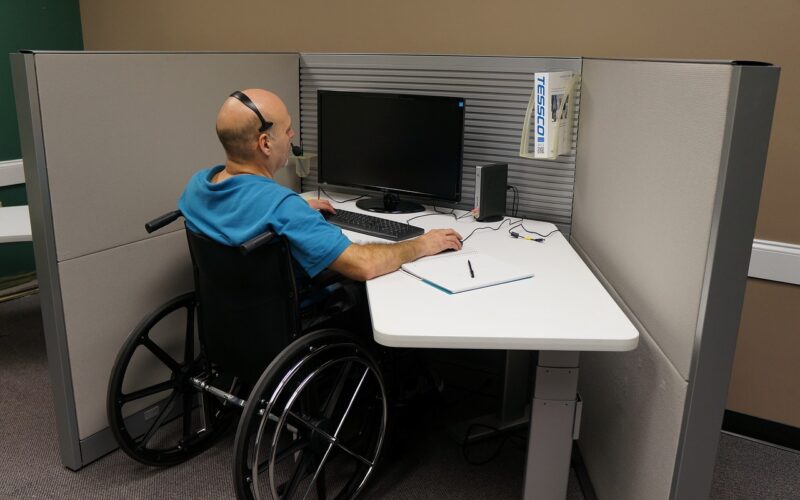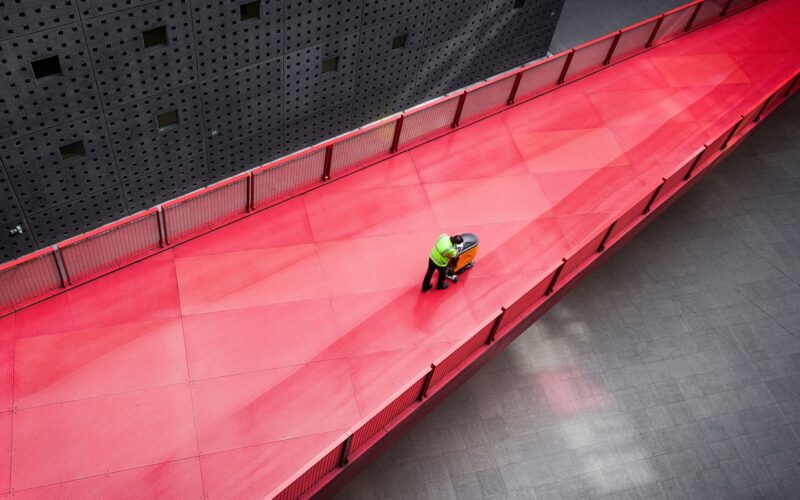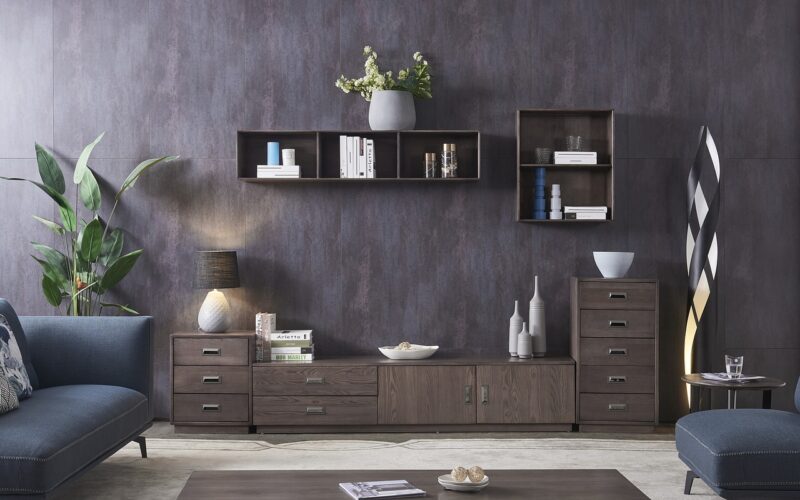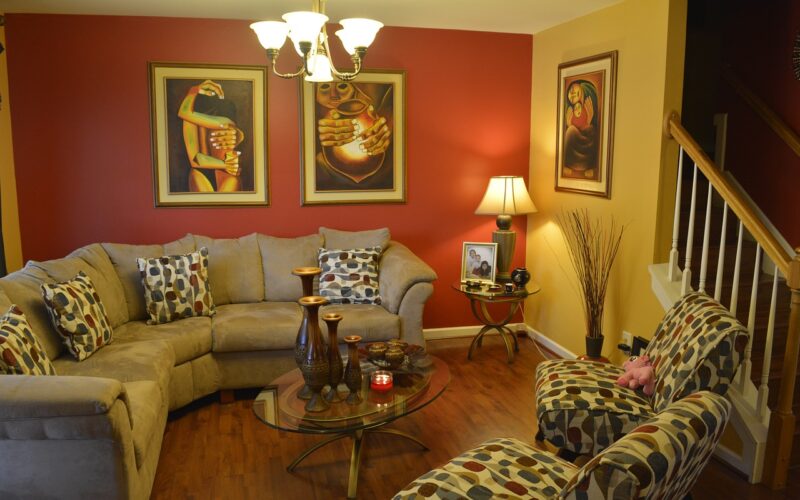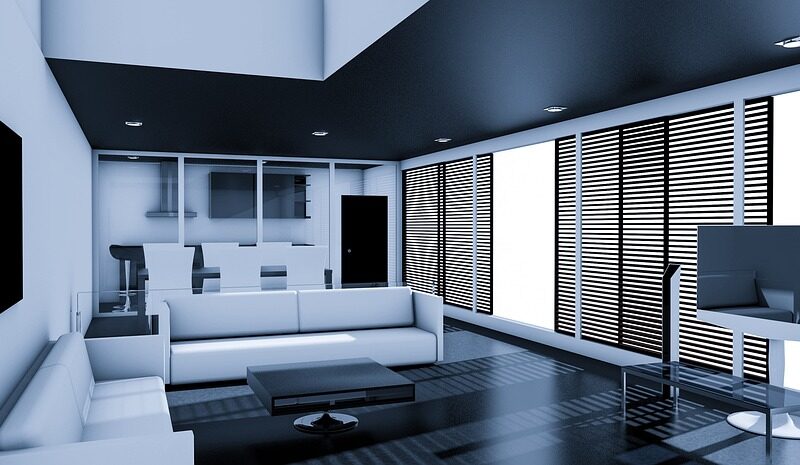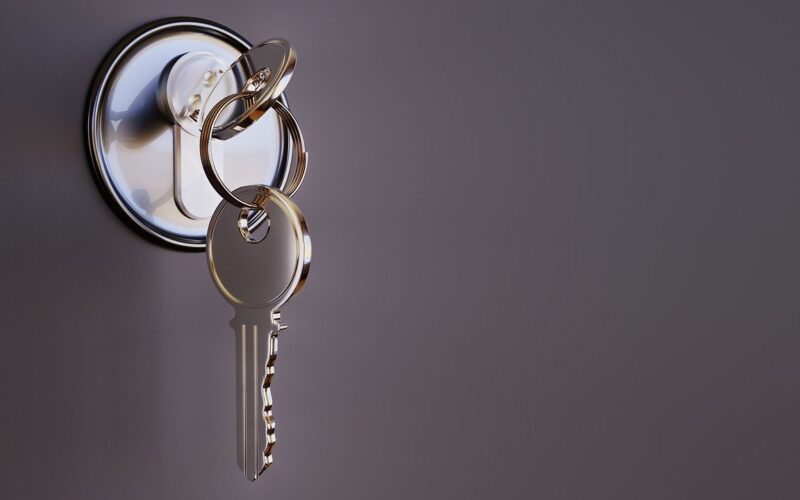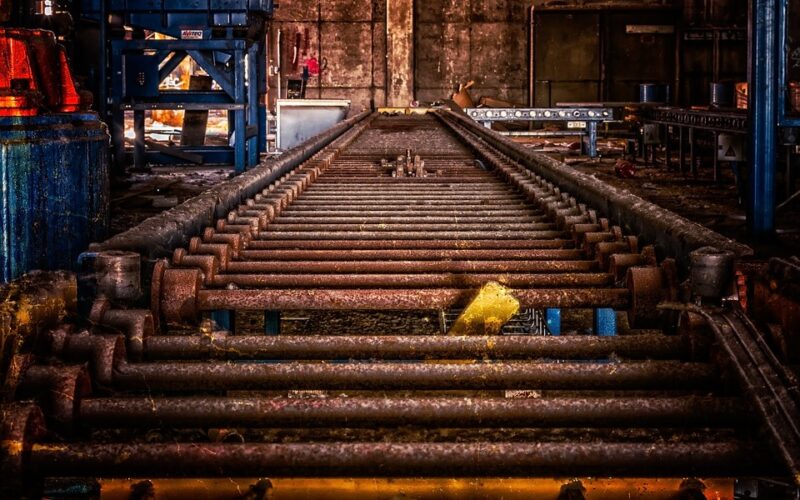Designing a retirement home requires careful thought and attention to a variety of factors to ensure it meets the needs of its residents. A well-designed retirement home should provide comfort, safety, and a sense of community, while also being aesthetically pleasing and functional.
Accessibility is paramount
When designing a retirement home, accessibility is crucial. The layout should be easy to navigate, with wide corridors and doorways to accommodate wheelchairs and walkers. Pay special attention to the entrances, ensuring they are step-free and easily accessible. Installing ramps and lifts where necessary can greatly improve mobility for residents.
Prioritising bathroom safety
Bolton bathrooms are one of the most important areas in a retirement home and require careful planning. Hiring professional bathroom fitters Bolton is advisable to ensure the installation is up to safety standards. Features such as grab bars, non-slip flooring, and walk-in showers can significantly reduce the risk of falls. Additionally, consider installing adjustable-height toilets and lever-style taps, which are easier for individuals with limited hand strength to use. A skilled bathroom fitter Bolton can help integrate these elements seamlessly into the design.
Designing for comfort and well-being
Comfort is a key consideration in retirement home design. Ensure that living spaces are well-ventilated and have plenty of natural light. Consider installing large windows to allow for views of the outdoors, which can have a positive impact on residents’ mental well-being. Temperature control is also important, so include efficient heating and cooling systems to maintain a comfortable environment year-round.
Creating a sense of community
A successful retirement home fosters a sense of community among its residents. Incorporate communal spaces where residents can gather, such as lounges, dining areas, and gardens. These spaces should be welcoming and encourage social interaction. Additionally, consider integrating amenities such as hobby rooms, libraries, or fitness centres to promote an active lifestyle.
Balancing privacy and social interaction
While community engagement is important, it’s equally vital to respect residents’ need for privacy. Design individual living spaces that offer a personal retreat, with soundproofing to minimise noise from neighbouring units. Private outdoor areas, such as balconies or patios, can provide a serene escape and a connection to nature.
Future-proofing the design
Designing with the future in mind is essential when building a retirement home. Consider potential changes in technology and healthcare needs. Incorporating adaptable spaces that can be modified as residents’ needs evolve will ensure the home remains relevant and functional over time. Consult with architects and interior designers who specialise in ageing-in-place solutions to create a flexible environment that can accommodate various requirements.
By keeping these design considerations in mind, you can create a retirement home that not only meets the current needs of its residents but also provides a comfortable and adaptable environment for years to come. Prioritising accessibility, safety, comfort, and community will ensure that the home becomes a welcoming and cherished place for its residents.


